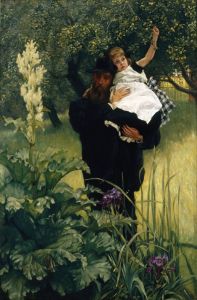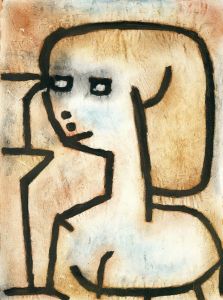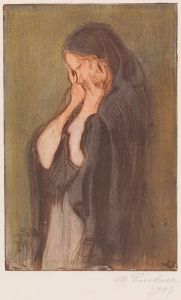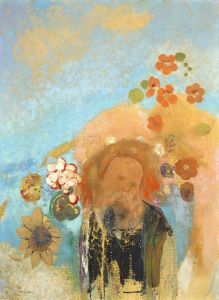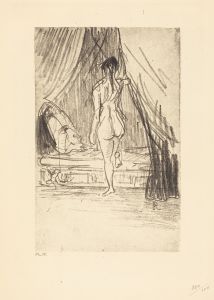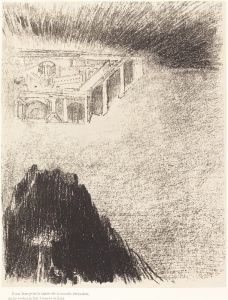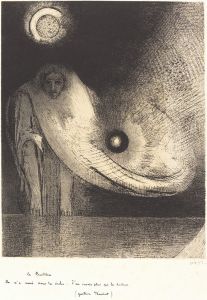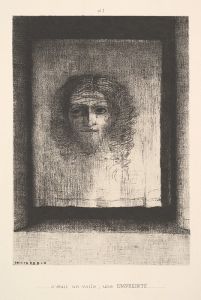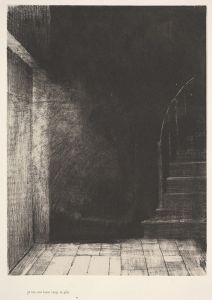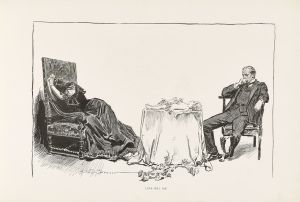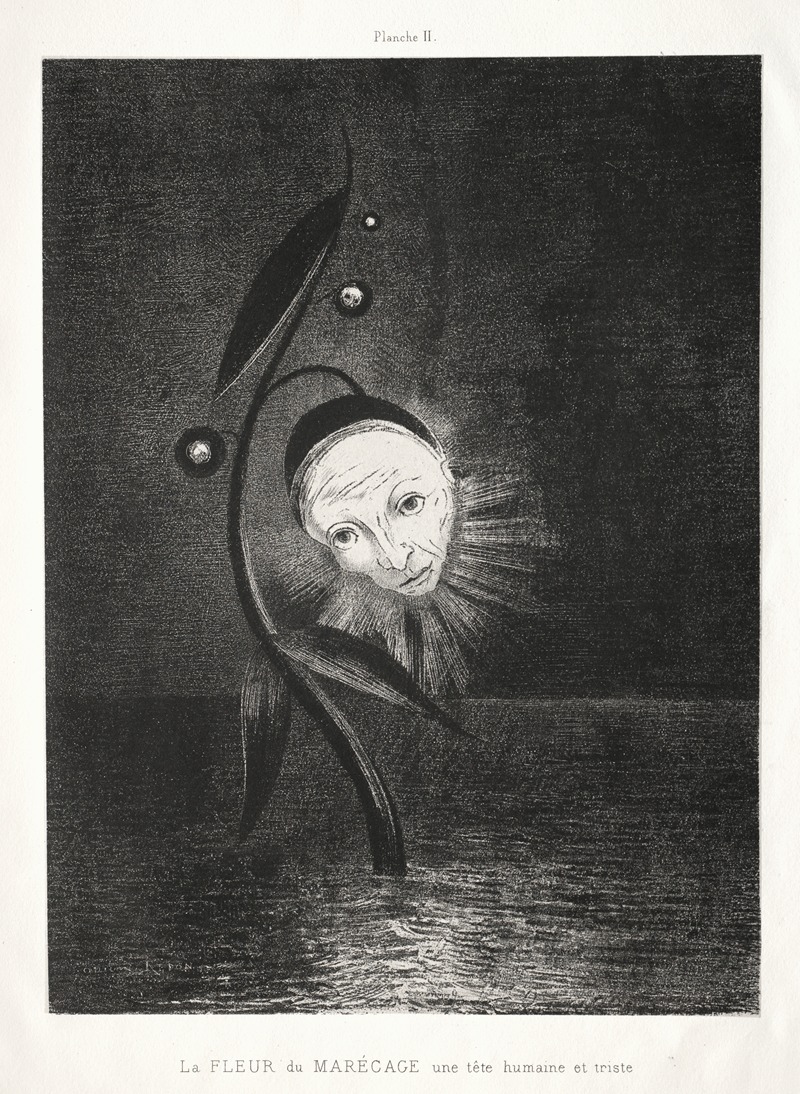
The Marsh Flower, a Sad Human Head
A hand-painted replica of Odilon Redon’s masterpiece The Marsh Flower, a Sad Human Head, meticulously crafted by professional artists to capture the true essence of the original. Each piece is created with museum-quality canvas and rare mineral pigments, carefully painted by experienced artists with delicate brushstrokes and rich, layered colors to perfectly recreate the texture of the original artwork. Unlike machine-printed reproductions, this hand-painted version brings the painting to life, infused with the artist’s emotions and skill in every stroke. Whether for personal collection or home decoration, it instantly elevates the artistic atmosphere of any space.
Odilon Redon, a prominent French symbolist artist, created "The Marsh Flower, a Sad Human Head" in 1885. This work is a part of Redon's series of noirs, which are charcoal and lithographic works characterized by their monochromatic palette and dreamlike, often unsettling imagery. Redon was known for his ability to blend reality with fantasy, and this piece exemplifies his unique style and thematic interests.
"The Marsh Flower, a Sad Human Head" features a human head emerging from a marshy landscape, surrounded by plant life. The head appears melancholic, with downcast eyes and a somber expression, evoking a sense of introspection and mystery. The surrounding flora is rendered with intricate detail, contrasting with the simplicity of the human face. This juxtaposition highlights Redon's fascination with the natural world and the human psyche, themes that recur throughout his oeuvre.
Redon's work during this period was heavily influenced by his interest in literature, philosophy, and the burgeoning field of psychology. He was particularly inspired by the writings of Edgar Allan Poe, Charles Baudelaire, and Stéphane Mallarmé, whose explorations of the human condition and the subconscious mind resonated with Redon's artistic vision. "The Marsh Flower, a Sad Human Head" can be seen as a visual representation of these literary influences, capturing the tension between beauty and melancholy, reality and imagination.
The use of charcoal in this piece is significant, as it allowed Redon to achieve a wide range of tonal variations and textures. This medium enabled him to create a sense of depth and atmosphere, drawing the viewer into the enigmatic world he depicted. The dark, velvety blacks and soft grays contribute to the overall mood of the work, enhancing its dreamlike quality.
Redon's noirs, including "The Marsh Flower, a Sad Human Head," were pivotal in establishing his reputation as a leading figure in the symbolist movement. This movement sought to express the ineffable and the mysterious through art, often using symbolic imagery to convey emotions and ideas that lay beyond the reach of rational thought. Redon's work was celebrated for its ability to evoke a sense of wonder and introspection, inviting viewers to explore the depths of their own consciousness.
Throughout his career, Redon remained committed to exploring the intersection of the natural and the supernatural, the visible and the invisible. "The Marsh Flower, a Sad Human Head" is a testament to his enduring fascination with these themes, capturing the complexity and ambiguity of the human experience. Today, this piece is regarded as a significant example of Redon's contribution to the symbolist movement and his influence on subsequent generations of artists.
In summary, "The Marsh Flower, a Sad Human Head" is a quintessential work by Odilon Redon, exemplifying his mastery of the noir technique and his exploration of the human psyche. Through its haunting imagery and evocative use of charcoal, the piece continues to captivate audiences, offering a glimpse into the mysterious and often melancholic world of one of France's most innovative artists.





